NoDW #4: Decentralized Leadership
The Newsletter of Decentralized Work: Data-driven insights on the world of decentralized work
Curated by the talentDAO community. Complied by ItamarGo
In this edition:
Our feature article: Introducing core DAO leadership
From the talentDAO community
Elsewhere in Web3
Introducing core DAO leadership
Building on the shoulders of giants
By: Mr. Nobody and LisaWocken
Leadership and DAOs
Leadership gives organizations direction, inspiration, and coordination to help reach goals. As organizations evolve to decentralize governance and operations through «decentralized autonomous organizations» (DAOs), new questions about leadership emerge.
In DAOs, «organizations» means:
virtual, geographically dispersed groups of highly skilled, autonomous professionals who use information technology as an integral part of the work process, a work process that is difficult to standardize and requires coordination of specialized contributions to achieve complex, often intangible outcomes. [1,2]
In groups operating under these conditions pure hierarchical leadership is not viable for many reasons - among which asynchronous work, lower communication richness, distributed understanding of context - and can lead to unintended consequences: single leaders risk to become central points of failure. Therefore, given the nature of these organizations we must find more appropriate forms of group leadership than hierarchical leadership.
Claims about DAO leadership abound: they are leaderless, there are no bosses, software rules aka «code is law». For many people talking about leadership in DAOs is an oxymoron. Reminiscent of how hierarchies motivate individuals to climb up the ranks, lead members at different ranks to have opposing interests and perspectives, and ultimately lead to conflict, people oppose the idea of hierarchy. Yet how can DAOs coordinate without hierarchies? Who gets responsibility to execute proposals? How to distribute tasks to make efficient use of skills? If anyone can pick up anything, who can solve conflicts that possibly arise? Ultimately, what is leadership in DAOs?
Introducing core DAO leadership
Core DAO leadership is flexibly shared rather than held by single individuals. The goal in a DAO should be to create minimum viable hierarchies [3] that born and die as the context evolves. The challenge lies in avoiding that hierarchies crystallize into full-time, top-down, rigid arrangements that concentrate power, slow down operations, and harm morale.
On these premises, we define DAO leadership as:
a dynamic, emergent group property in which people flexibly lead one another - selectively using skills and expertise based on the evolving needs and context of the DAO - by sharing responsibility to perform specific leadership behaviors to achieve group or organizational goals
In centralized organizations, leaders undergo formal appointment based on pre-defined roles, exert top-down influence/control over people and resources, accrue power and authority as they climb up the ladder, and give the largest bites to the cake based on their rank-order rather than contribution.
In DAOs members co-govern and co-own, participate in decision-making, undertake tasks collectively, collaborate with other members to achieve their common goals, and reap the benefits as a collective. Leaders emerge formally or informally based on the situation (problem at hand) so there is no one leader but multiple ones. Yet what does it mean to lead in DAOs? What are the leadership behaviors contributors are responsible to perform?
Democratizing effective leadership behaviors
Leading in DAOs boils down to doing those things that keep the organization up and running. Building on decades of field research in the realm of organizational science we developed a framework of leadership behaviors that drive individual and organizational outcomes and are applicable in DAOs. We call it core DAO leadership and it includes self, people, task, and change leadership behaviors that empirical research shows can increase organizational effectiveness.
Sharing leadership means taking ownership of these behaviors, acting in ways that prompt the group processes that underlie group effectiveness. Beyond the influence of someone formally emerged as a leader, informal leadership can also have a significant impact on organizational performance. In fact, under conditions of shared leadership everyone has a role to play in the organization, be it large or small. Thus, the goal of a DAO is to reach a state in which the collective is leading itself by harmonically performing the following four sets of leadership behaviors.
Leadership behaviors that drive outcomes
Leading self
Self-leadership means leading from the inside out: you influence yourself through your own thoughts and behaviors before even thinking of influencing and leading others. At the heart of self-leadership there is people’s choice of higher-level objectives to pursue and the actions taken to regulate or control tactical behaviors to achieve such objectives.
Leading people
People leadership means giving attention to people before tasks. Leaders challenge team members to put the interests of the team ahead of their personal interests, encourage them to do more than they get money for, and support them to feel comfortable working autonomously.
Leading tasks
Task leadership means doing what it takes to get the job done, such as determining goals and expectations, clarifying roles, creating plans, monitoring the team's progress over outcomes, and sharing rewards and recognition for achievements.
Leading change
Change leadership encompasses actions such as developing and communicating a vision for change, making strategic and tactical decisions, encouraging thinking beyond traditional norms, and taking risks by pushing things forward.
Putting it all together
The core DAO leadership framework builds on decades of field research in the realm of organizational science, accounting for hundreds of thousands of leaders in several organizational settings. Given the characteristics of this evidence-base, we expect the findings to generalize to different contexts, including decentralized autonomous organizations.
Since leadership can have powerful impacts on collectives like teams, units, and organizations, by introducing the core DAO leadership framework we aim at equipping DAO members with knowledge of effective leadership behaviors to enact as the context demands in order to drive progress, spur commitment, galvanize coordination, and contribute to making decentralized work become the future of work.
Sources
[1] Center for Evidence-Based Management (2019). A rapid evidence assessment of the research literature on factors associated with knowledge workers performance.
[2] Chartered Institute of Personnel and Development (2020). A rapid evidence assessment of the scientific literature on attributes of effective virtual teams.
[3] Concept of minimum viable hierarchies mentioned by Richard Bartlett in «Patterns for decentralized organizing».
Read the extended version of this article on Mirror.xyz
From the talentDAO community
Network biomimicry and DAOs / Tjitse van der Molen
What can DAOs learn from nature? quite a bit. From network structures to node behaviors, similarities abound. talendDAO community member Tjitse van der Molen explores how network biomimicry can be used to shape more reslient DAOs.
DAOs - the future of us? / Sandeep Das
talentDAO community member Sandeep Das recaps why DAOs captured his attention as a non-technical newcomer to the web3 community, and the promise they hold in shaping our future.
Elsewhere in Web3
Decentralized Society: Finding Web3’s Soul / E. Glen Weyl, Puja Ohlhaver, Vitalik Buterin
Leave it to Vitalik to go from a high-level blog post to a detailed academic paper in the span of four months… Soulbound NFTs are a class of NFTs that are non-transferable and seem far better fitted than traditional NFTs for solving some key use cases such as accreditation, proof-of-attendance, and maintaining DAO power decentralization.
DAOs: It’s all about power / Peter Nobels
And speaking about DAOs and power, Peter Nobles connects the dots on how the general mechanisms for power distribution, balancing and coordination in blockchains can be applied specifically in the context of DAOs.
The DAO Treasury Issue / Jordan Stastny
Jordan Stastny makes a compelling case for why DAOs grossly oversimplify their treasury management thinking about its balances simply as cash-like assets. That, in turn, leads to some DAOs being extremely undercapitalized, with their survival fully dependent on the whim of the markets. While other DAOs are grossly overcapitalized and not putting their capital to good use.
Unbundling venture capital via DAOs / pet3rpan
pet3rpan makes the case that the biggest added value that VCs have always brought to the table is not capital (which is abundant) but the additional bundled services that they provided. While the first generation of DAOs aiming to disrupt VCs were investment DAOs and the second generation were incubation DAOs, the third generation of services DAOs bare the biggest promise: organizations that aggregate high-quality practitioners under one community to provide services to third parties in exchange for project ownership.
Welcome to Web3 / various HBR authors
It’s a notable event when the bastion of traditional business thinking, the Harvard Business Review, decides to dedicate its “Big Idea Series” for the month of May to a string of feature articles on web3: from ethics and DAOs, to brands and a better internet.




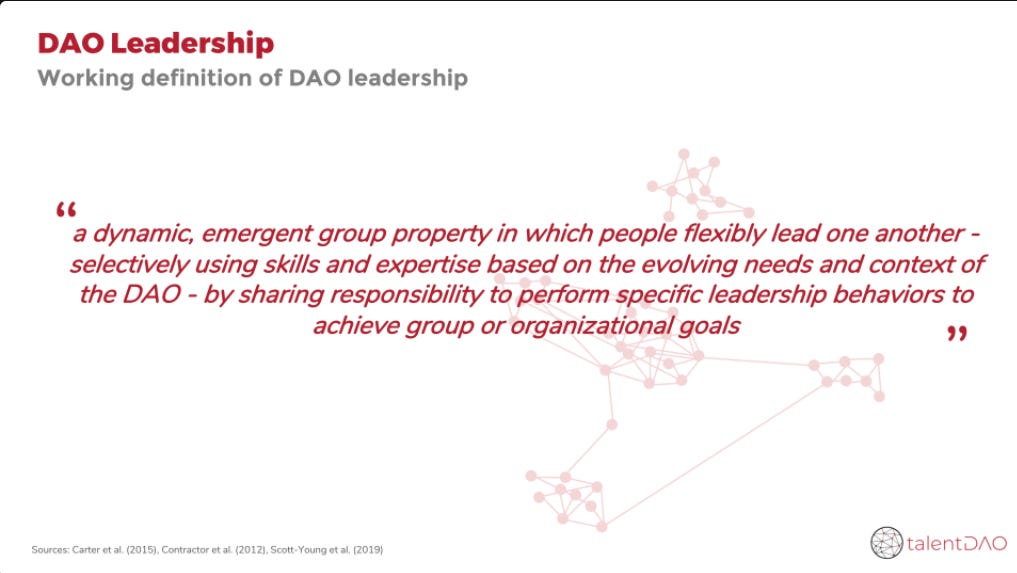
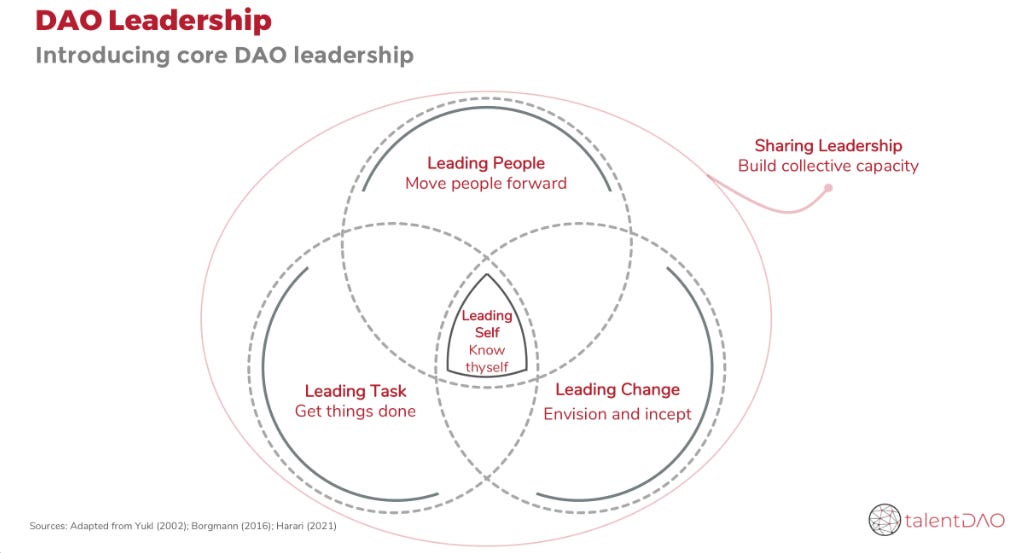
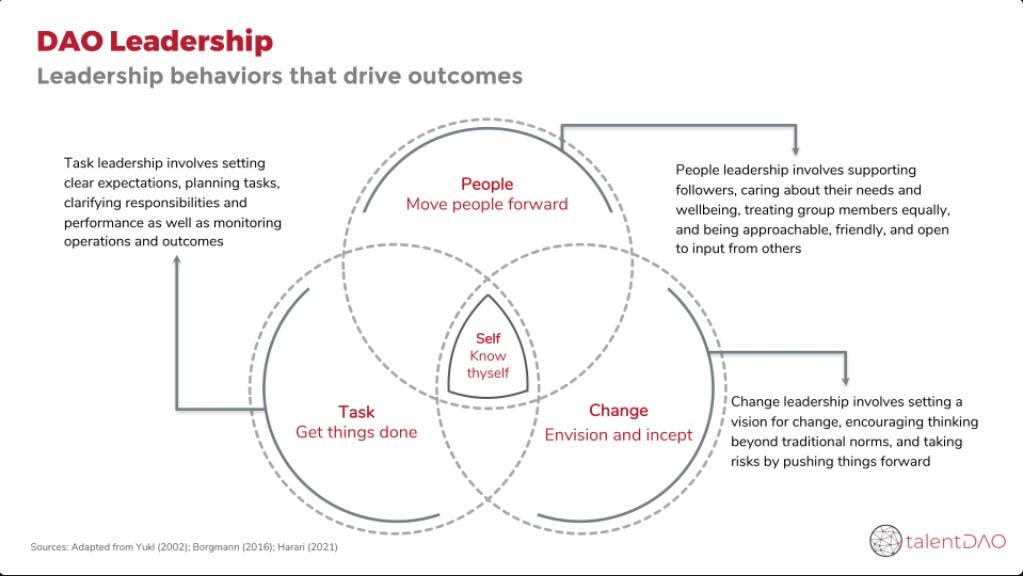



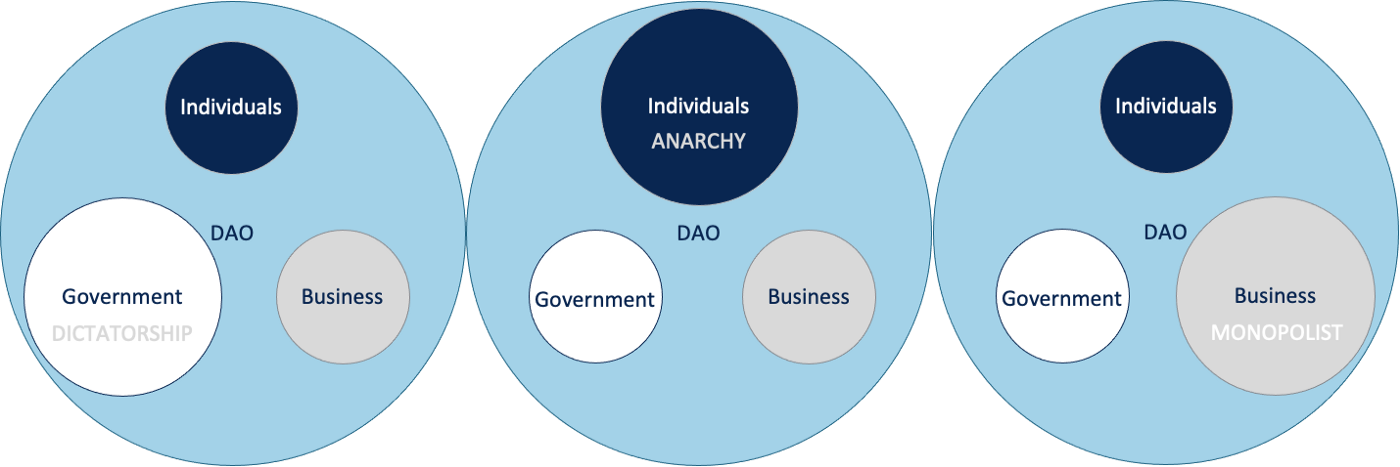

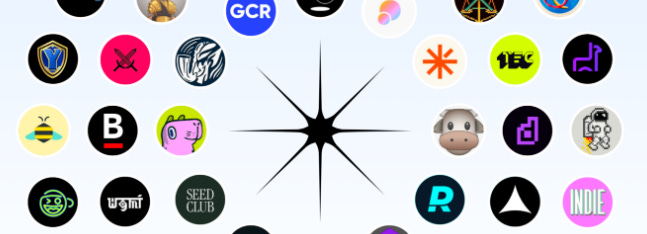

Also the book The Starfish and The Spider gives great insight on this topic of leaderless organizations. It doesn’t have to be as rigid as some DAO creators suggest. There might be room for a hybrid system. One that has leaders, but they are basically “glass heads.” All that means is that in order for a hybrid system to work there needs to be total transparency and thus accountability.
The DAO can be used to run big chunks of the system, and where leaders are used they must be transparent glass figure heads that represent their token holders, or customers, or voters, or whatever the system was designed for.
I see using a hybrid system like this in government - at least at first - until we eventually do away with leaders all together. But a transparent and decentralized government would be easy to sell if the tech was trustworthy enough and the voters believed in it.
Do you know anyone who could build this technology? I am confident I can get a person (a “glass head”) elected and prove the value of the system once the tech is available.
https://joshketry.substack.com/p/what-we-need-is-a-transparency-movement
Let’s build this!
https://joshketry.substack.com/p/decentralize-everything